February 4, 2022: Daniel Barchi, CIO at New York-Presbyterian is our Keynote guest today. What did an ex-US Naval Academy officer learn about leadership? Is there ever a case where a CIO knows all the answers? When building your team, are there specific interview questions you can ask to try to identify someone’s capacity to lead? New York-Presbyterian partnered with Hospital For Special Surgery for their joint response to the pandemic, in one of the world’s biggest hit cities, New York. What are the key elements to rolling out a mass vaccination center? How do you reach underserved communities? What’s the secret to scaling telehealth? And how can we make care more frictionless for the patients, nurses and physicians?
Sign up for our webinar: Owning Cloud in Your Organization - Understanding, Implementing and Designing Your Hybrid Cloud Strategy - https://www.thisweekhealth.com/owning-cloud-in-your-organization-tw-wm/ - February 24, 2022: 2:00pm ET / 11:00am PT
Key Points:
00:00:00 - Intro
00:07:30 - Can you use an existing portal but recode it in order to scale telehealth and do specific geo-targeting for appointments?
00:16:50 - Recognizing as a leader, that you don't need to be the one with the perfect answer
00:24:00 - I'm a big fan of incrementalism in getting to the right answer, not with a single decision.

Questions about the Podcast?
Contact us with any questions, requests, or comments about the show. We love hearing your feedback.

© Copyright 2024 Health Lyrics All rights reserved